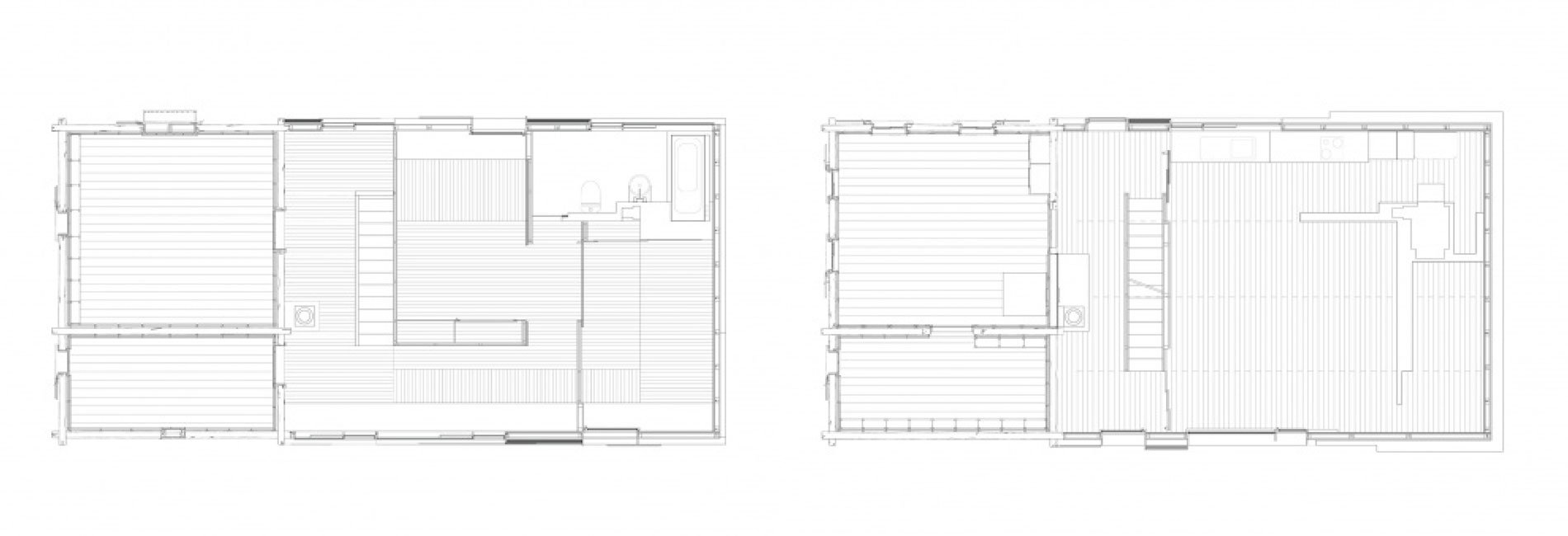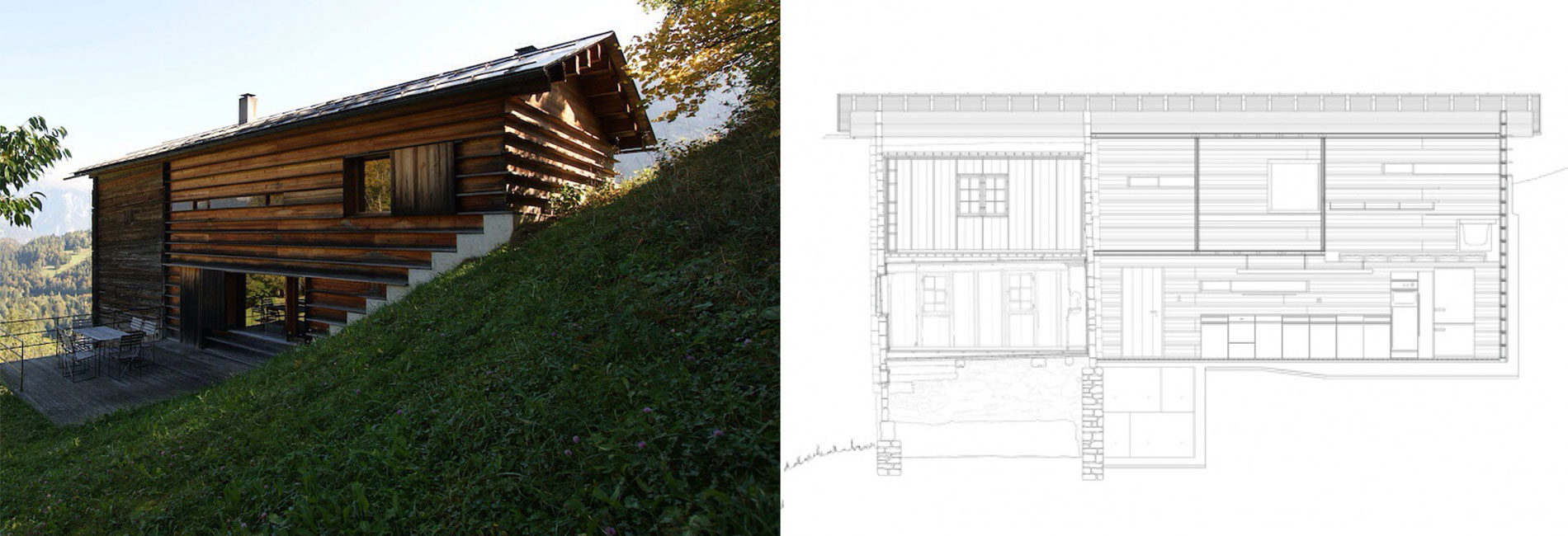Sustainable houses in Zaragoza
The adjective sustainable, by definition, implies a development, an evolution that is compatible with the resources available to a region, a society… The way in which we associate this adjective with architecture has a major impact on our design process. It is a clear concept in its origin, since throughout history the relationship between architecture and climate has always been intimate, but today it is confusing because of its greater complexity.
One way to encompass all those terms that a priori come to mind when we talk about sustainable, ecological or natural architecture is through a concept with greater universality such as the term bioclimatic. In this way, we can affirm that the ideal sustainable house is a house that develops a bioclimatic architecture, one that takes advantage of natural conditions to reduce energy needs as much as possible and have a greater landscape integration through the use of native materials.
“Throughout history the relationship between architecture and climate has always been intimate.”

In Zaragoza, from the Cronotopos Arquitectura studio, we face the challenge of always being able to design sustainable houses, an architecture full of common sense and based on logic. The challenge is to solve a great complexity through clear and simple decisions.
The first aspect we take into account when approaching a new project is the location of the sustainable house, associated with a particular climate. It is crucial in the rest of the subsequent decisions we are going to make to achieve sustainable architecture:
- Construction materials
- Solar orientation
- Transportation
- Construction system
- Heating systems and DHW production
- Light/Lighting
“It is proven that being environmentally friendly when building a sustainable home is also more beneficial to our pocketbook, whether it is the efficiency of the construction methods and techniques we use or the durability and impact on society in our choice of materials.”
All these measures become effective when we talk about our modular sustainable houses in Zaragoza (see article on modular housing in Zaragoza), since its design adapts to all kinds of issues presented here: prefabricated building systems that lead to faster construction, the use of ‘healthy’ materials such as wood and local materials such as stone (see the Pez Globo sustainable house project), the search for the best balance between natural/artificial lighting, active and passive heating systems that generate the lowest energy expenditure… However, there is a belief that all these decisions that lead to a bioclimatic architecture cost a lot. It is of obligation in this text to explain to our clients, who are an essential part of the decision making process, that the most effective measures, those that represent a greater environmental contribution, are those that are the result of the logical use of the constructive elements and the design. That is why sustainable houses cost nothing compared to any other house. There is a second group of more specific and more expensive measures, but together they should not account for more than 15% of the total. It has been proven that being environmentally friendly is also more sustainable for our pocketbook, whether it is the efficiency of the construction methods and techniques we use or the durability and impact on society in our choice of materials.

We find sustainable architecture in contemporary examples such as Peter Zumthor in the sustainable house Gugalun, an extension of an old farmhouse in the mountains of Switzerland, where the architect’s choice has been to respect the characteristics and techniques of original construction to achieve a greater integration of the new and the old and their relationship with the landscape. This house is a good example of knowing how to read, understand and take advantage of the singularities of a specific place.
In spite of the contemporaneity and the great concern that exists with the term sustainable, there has always existed an architecture that was perfectly adapted to the climate, the human needs and the sustainable construction as it is the Popular architecture. From Cronotopos Arquitectura we like to think that our methodology is based on aspects that give rise to a popular architecture that evolves, that is flexible and that will be able to adapt to a future sustainability without fear of being invaded by a feeling of an almost unattainable dream.
Written by David de Buen Velicias, published by Cronotopos.
Graphic documentation:
– https://circarq.wordpress.com/2013/10/06/gugalun-mirando-a-la-luna/
– https://caruso.arch.ethz.ch/archive/references/project/114
